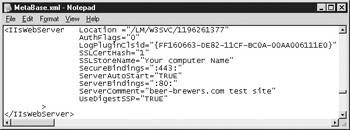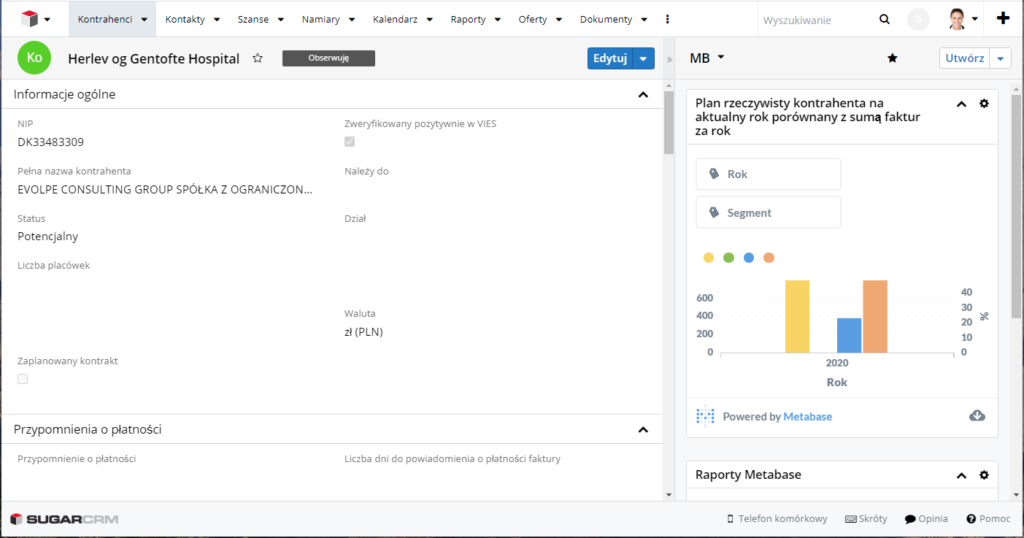


On the “Delivery” tab, you have three buttons. In the end, I resorted to VBScript for that part, Ouch! Delivery So this route requires a lot of reverse engineering via empirical testing. Manipulating that byte array is not documented. Editing the Relay settings, for example, that comes down to a byte array structure with byte mapping/counting for IP addresses, network ranges, and FQDNs. The Connection Settings are easily automated. Now some things in IIS SMTP are very complicated to do with PowerShell. DropDirectory = 'C:\MailRelays\AnonymousSMTPRelay\Drop' When done, you can uncheck “Enable Direct Metabase Edit” again.īut PowerShell is the winner here.
#Metabase xml update#
Search for and update the paths to the “Badmail,” “Drop,” “Pickup,” and “Queue” directories. Open the MetaBase file located at C:\Windows\System32\inetsrv\MetaBase.xml with elevated credentials. To edit the Metabase.xml, we need to check “Enable Direct Metabase Edit” under the properties of the server itself in IIS 6.0. Right now, you might think, great we have changed the Badmail directory path, but what about the Drop, Pickup, and Queue directory paths? Well, we can change that in the Metabase.xml file or use PowerShell. You must also change the Badmail directory to the custom path that you set up. Select the “Messages” tab and fill out the email address where you want the NDR sent. You can see I added the IP of my LoadMaster anonymous SMTP relay virtual service and that of my test workstation. Do not forget you must add the actual IP address of the clients if you use transparency on the LoadMaster as then you will see those as the connecting IP addresses. Add the VIP address of the LoadMaster anonymous SMTP relay service so it can connect. Select “Only the list below” and add the IP addresses you want to allow to relay. In my case, this is 172.16.100.10.Ĭlick on the Relay button. You might also want to (temporarily) add the IP address from where you are testing SMTP if that is your workstation.

Do not forget to add the actual IP address of the clients if you use transparency on the LoadMaster as then you will see those as the connecting IP addresses. You must include the real IP addresses of both LoadMaster nodes for health checking and the IP address of the SMTP relay VIP so that they can connect. Select “Only the list below” and add the IP addresses you want to allow to connect. Navigate to the “Access” tab and click on the “Authentication” button.Ĭheck that only Anonymous access is enabled. I select them all to have everything when needed. I also change the logging directory to the one we prepared earlier.Ĭlick the “Advanced” tab to configure logging properties. I roll over logs daily and use local time. Select the IP address you want the anonymous SMTP relay service to listen on.Ĭlick on the Properties button and configure your logging preference. Below we will walk through the tabs and the different settings. Now right-click on Anonymous SMTP Relay and select “Properties” to configure the virtual server. Log on to your virtual machine where you installed the SMTP Server feature in part one of this article, open the IIS 6 management console, and navigate to the default SMTP virtual server. To learn more about the design and all the preparation work, please read part I. In this part, we walk through setting up the actual SMTP relay services.
#Metabase xml series#
This article is part two of a two-part series on configuring a highly available, on-premises SMTP relay solution. StarWind Virtual Tape Library (VTL) OEM.


 0 kommentar(er)
0 kommentar(er)
